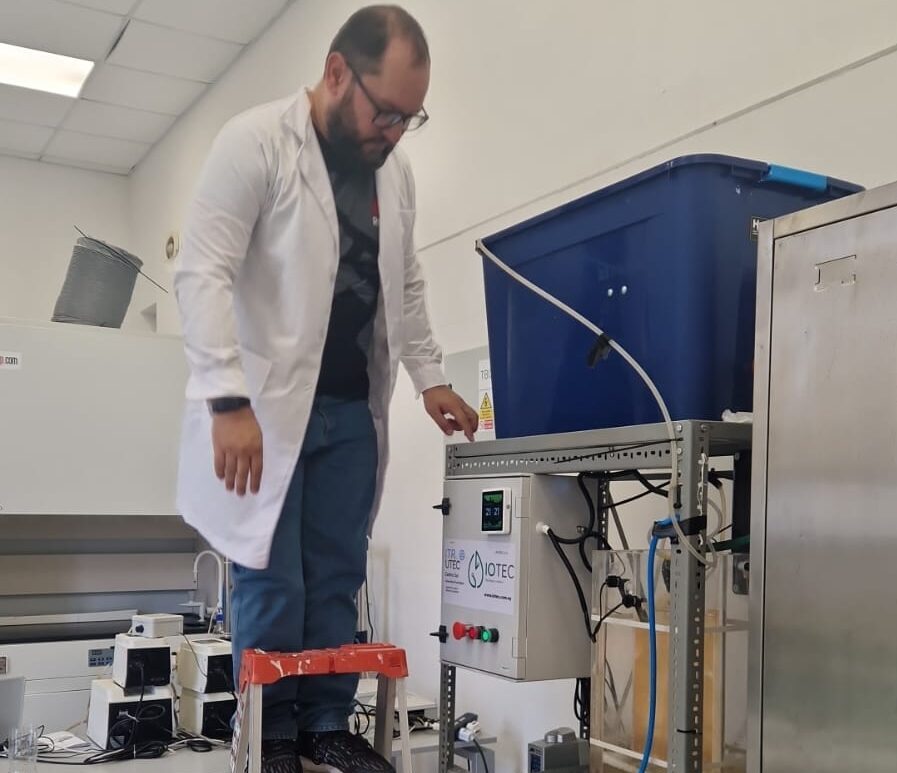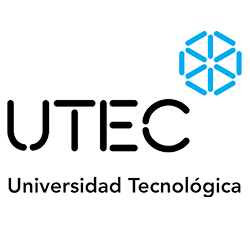Membrane-integrated septic tanks for decentralized domestic wastewater treatment (Uruguay)

This study assessed a membrane-enhanced, two-compartment septic tank as a decentralised solution for domestic wastewater treatment. The laboratory prototype, assembled in Montevideo and installed at UTEC-Durazno, incorporated membranes in the second chamber to polish the primary sedimentation stage. Raw and treated flows were analysed for chemical oxygen demand (COD), total phosphorus (TP), total suspended solids (TSS), ammonium (NH₄⁺) and coliforms. These data supported calibration of a dynamic model in GPS-X 8.0 that faithfully reproduced system behaviour: simulated removal reached 95.05 % for COD, 75.50 % for TP, 100 % for TSS and 80.85 % for NH₄⁺, closely matching experimental efficiencies reported by Jefferson (95.14 % COD, 69.41 % TP, 100 % TSS, 84.00 % NH₄⁺). The validated model was then extrapolated to three full-scale configurations sized for 10, 20 and 30 inhabitants (types T-2, T-4 and T-5) in line with national design guidelines. Predicted performance remained consistent as capacity increased: COD removal stayed near 94 %, TP near 74 %, TSS at 100 % and NH₄⁺ around 80 %. These findings demonstrate that integrating membranes into conventional septic tanks sustains high pollutant removal – particularly complete solids retention – while substantially reducing nutrients, without loss of efficiency at larger scales. The approach therefore offers a robust option for decentralised sludge management and high-quality effluent reuse in communities such as San José de Chiquitos, providing reliable treatment where centralised infrastructure is impractical.

